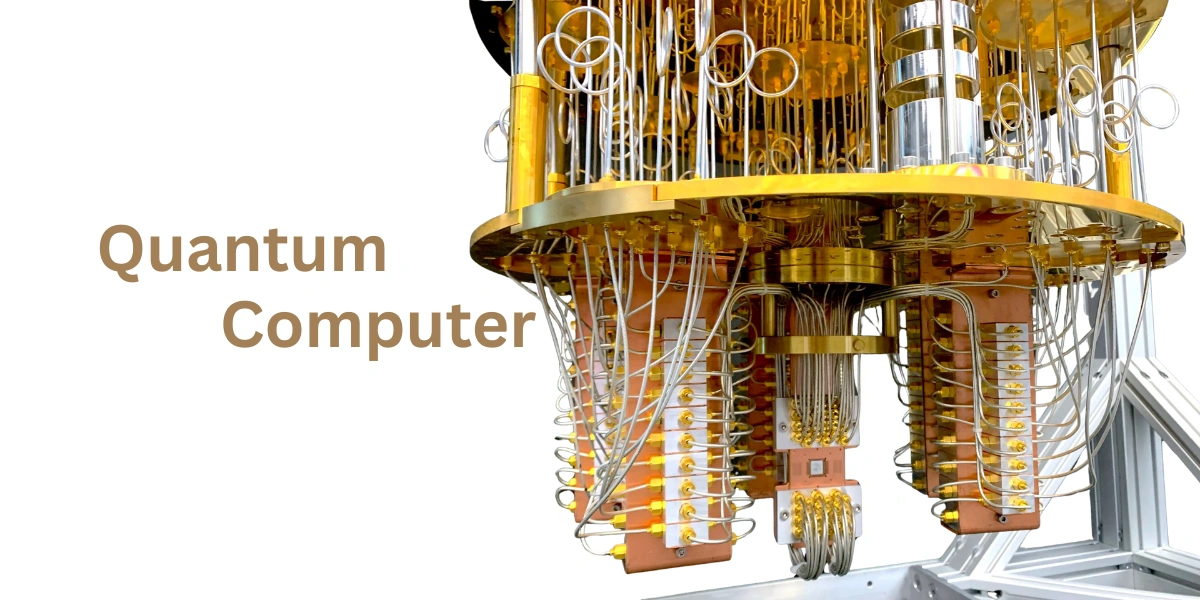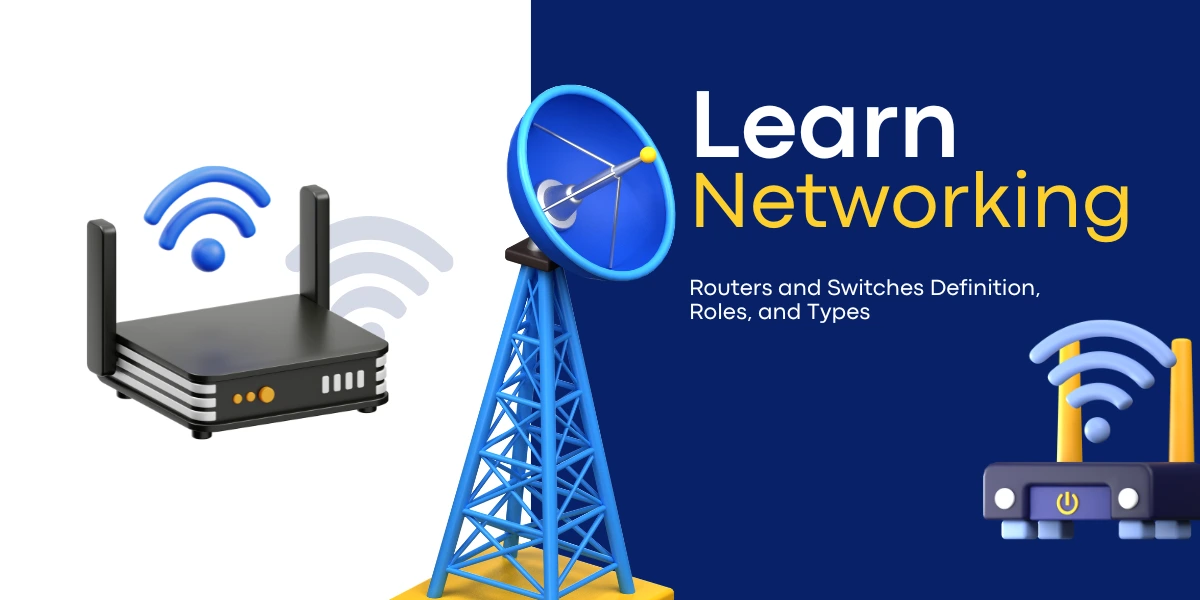No, cybersecurity and cyber-physical systems (CPS) are not the same, though they are related concepts.

Cybersecurity
Cybersecurity refers to the protection of computer systems, networks, and data from unauthorized access, attacks, damage, or theft. It encompasses a wide range of practices, technologies, and processes designed to safeguard information and infrastructure from cyber threats like malware, phishing, ransomware, and hacking.
Cyber-Physical Systems (CPS)
Cyber-Physical Systems (CPS) are integrations of computation, networking, and physical processes. They involve a combination of physical components (like sensors and actuators) with embedded software and communication systems to control or monitor physical environments. Examples of CPS include smart grids, autonomous vehicles, industrial control systems, and smart homes.
Key Differences
- Focus: Cybersecurity focuses on protecting digital data and systems, while CPS involves the interaction between computational systems and the physical world.
- Scope: Cybersecurity is broader, covering all types of digital environments, whereas CPS specifically deals with systems where software controls physical processes.
- Relation: Cybersecurity is a crucial aspect of CPS because these systems can be vulnerable to cyber attacks that could disrupt physical operations.
While they are different, strong cybersecurity measures are essential to protect cyber-physical systems from potential threats.
Cyber-Physical Systems are integrations of computation with physical processes. These systems involve real-time feedback loops where physical processes affect computations and vice versa. Here are key aspects of CPS:
- Components of CPS:
- Sensors: Collect data from the physical environment (e.g., temperature, motion, pressure).
- Actuators: Perform actions in the physical world based on computational decisions (e.g., turning on a motor, adjusting valves).
- Control Systems: Algorithms that process sensor data and determine appropriate actions.
- Communication Networks: Facilitate communication between different parts of the system, often in real-time.
- Examples of CPS:
- Smart Grids: Electric power distribution networks that use digital communications and control technologies to improve reliability, efficiency, and sustainability.
- Autonomous Vehicles: Vehicles that use sensors, machine learning, and control systems to navigate and operate without human intervention.
- Industrial Automation Systems: Used in manufacturing, these systems automate processes, monitor conditions, and optimize production lines.
- Smart Buildings: Buildings equipped with systems to automatically control lighting, heating, ventilation, and security.
- Key Characteristics of CPS:
- Real-Time Operation: CPS often operate in real time, requiring prompt and precise responses.
- Interdisciplinary Nature: They involve expertise from computer science, engineering, control theory, networking, and physical sciences.
- Embedded Systems: Often involve embedded systems with limited computational power and memory.
- Networked: Components are often networked, which creates potential points of vulnerability.
Interplay Between Cybersecurity and CPS
The security of CPS is a subset of cybersecurity, but it comes with unique challenges due to the integration of physical processes:
- Unique Attack Vectors: Unlike purely digital systems, attacks on CPS can have physical consequences, such as damage to equipment, endangering human lives, or causing environmental harm. Examples include Stuxnet (targeting nuclear centrifuges) and attacks on smart grids.
- Challenges in Securing CPS:
- Real-Time Constraints: Traditional cybersecurity measures may introduce latency, which is unacceptable in time-sensitive CPS environments.
- Resource Constraints: Many CPS components (like sensors and controllers) have limited processing power and memory, making it difficult to implement robust security protocols.
- Legacy Systems: Many CPS, especially in industrial settings, use legacy systems that were not designed with cybersecurity in mind, creating vulnerabilities.
- Heterogeneity: CPS often involve diverse components from different vendors with varying levels of security, making standardization difficult.
- Critical Infrastructure Protection: CPS are often part of critical infrastructure, such as energy, transportation, and healthcare, where cybersecurity is crucial to prevent national security threats, economic damage, or loss of life.
| Read More Topics |
| Every business needs a cyber security seal today |
| Protect your home computer cyber security |
| Is cybersecurity or real estate a better career |





